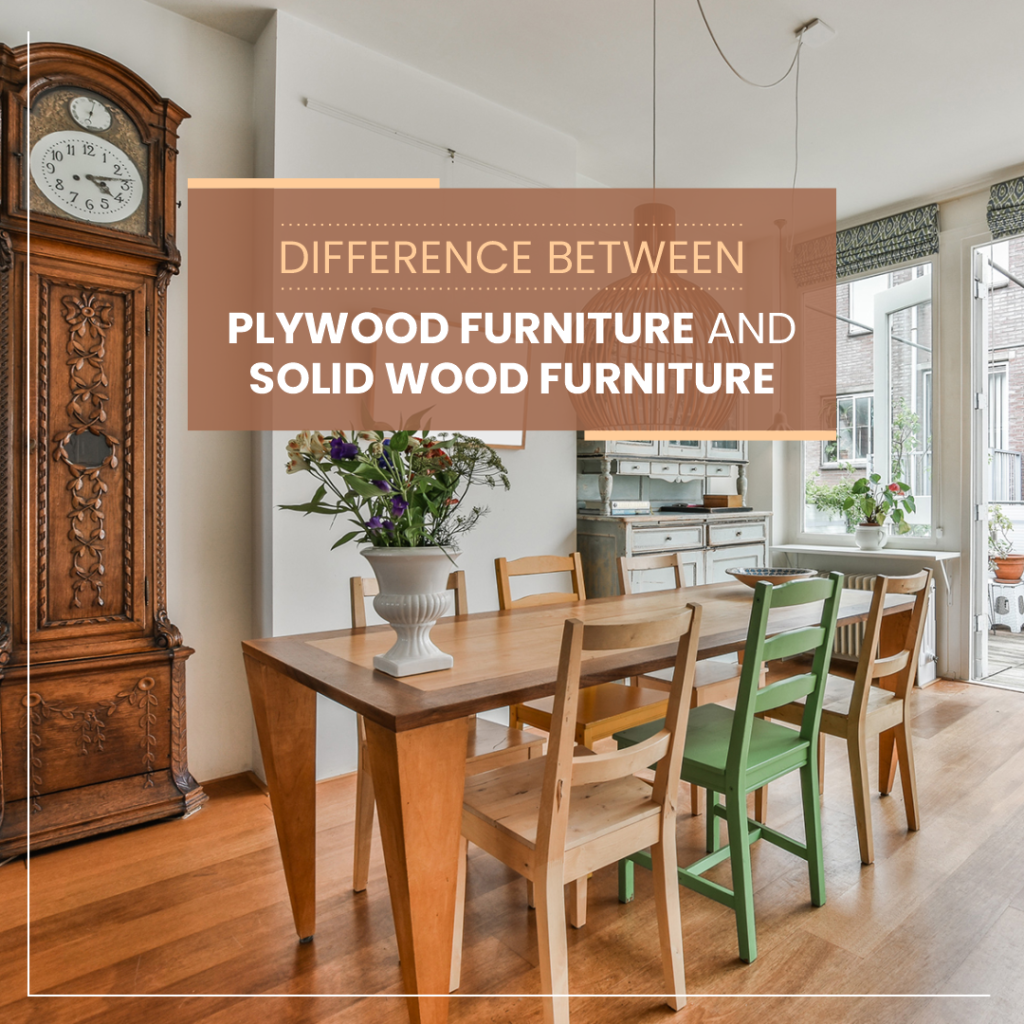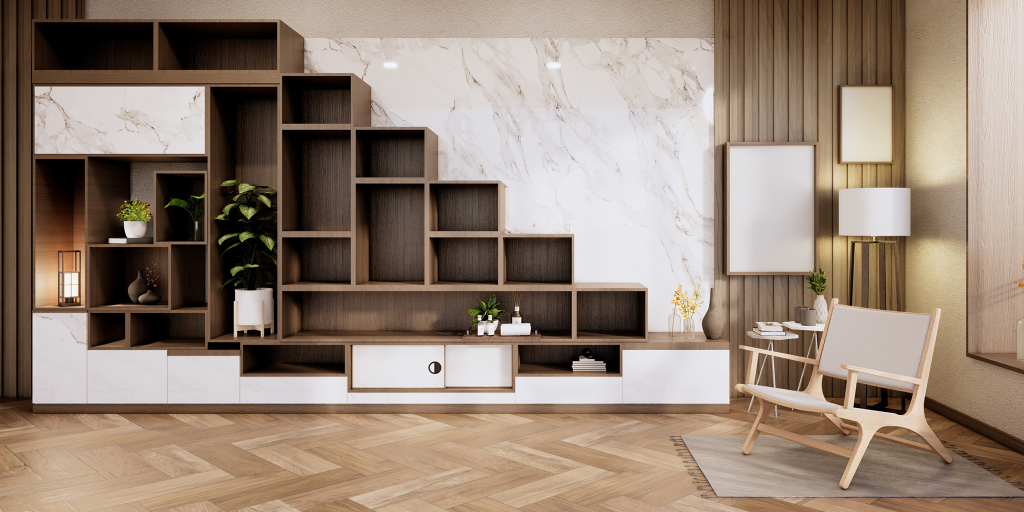Furniture is more important in our lives than we think – it is important to be able to live comfortably. However, along with just a functional purpose, it also has a considerable contribution to aesthetically elevating the interiors of our spaces. When it comes to choosing the right furniture for your home, the biggest dilemma people face is in selecting the material – should it be made of plywood or solid wood? While both materials have their unique attributes and advantages, a number of people go for plywood.
In this blog, we will explore the depths of both the best plywood and solid wood, and understand the reasons behind this decision.
Strength and durability
Solid wood is widely known for its strength and endurance — its singular material nature adds to its robustness and easily makes it last for years on end without much of a hassle. It is popular for its natural grain texture which significantly contributes to its natural beauty, which is the main reason why people who opt for solid wood as their choice of material for furniture do so. On the other hand, plywood is a manufactured wood that is bound by strong adhesives that give it its shape, form, and structural integrity. The best plywood board is known to be one of the strongest and most durable materials for crafting furniture, as its manufacturing process makes it resistant to water, moisture, fire, warping, and cracking. These attributes make plywood the best choice for your furniture.
Adaptability
Solid wood, as the name suggests, is pretty solid in nature. This limits it by its shape and size, making any type of customization very difficult, and not to say expensive. On the other hand, the adaptability of plywood is widely renowned – it can be cut into any size or shape to make personalized pieces of furniture that fit your style and desires. It can be utilised for a wide number of applications such as furniture, wall panels, partitions, and more. If you want to get a functional yet aesthetically beautiful space designed, your best option is to use plywood because of its versatile adaptability.

Cost-effectiveness
One of the most crucial considerations everyone has when it comes to selecting the right material for their furniture is the cost. Despite its inherent durability, quality, and evergreen appeal, solid wood strikes people as a heavy financial investment. Plywood, on the other hand, is a more economical choice as compared to solid wood. If we talk about the Boiling Water Proof Grade, or the BWP plywood price is on the higher end, but it still seems to be a more reasonable investment than solid wood to most. Plywood stands out as a more budget-friendly alternative without having to compromise on the structural integrity of the material.
Environmental friendliness
Solid wood has a number of limitations with respect to the environmental aspect – it is known to be heavy and bulky, requiring harvesting mature trees, which can adversely affect the terrain. However, plywood sets itself apart as the more sustainable choice. Based on conservational agroforestry practices, plywood is made from ethically sourced wood and crafted from thin layers of wood adhered by adhesives made from formaldehyde that have minimal to no harmful emissions. This can help you build furniture that not only looks good but also is durable and stands the test of time without harming you or the environment.
Weight
Solid wood as a material to craft your furniture is dense and heavy. Even though this can fortify stability, moving such material or the furniture made thereof can be challenging. It may limit the opportunities for relocation or rearrangement or need more physical exertion while handling these pieces. Contrarily, plywood is comparatively much more lightweight and has a higher ease and convenience of mobility. The quality of being lightweight does not compromise its structural resilience – thanks to their manufacturing process, these water-resistant plywood sheets are robust and strong.
Customization
It is important to know that solid wood, because of its dense nature, is significantly less moldable than plywood. Despite being true to its originality, solid wood offers limited options for customization that can suit your preferences. When it comes to plywood, its layered composition makes personalized intricate designs possible – it can be more malleable and has a more modern and artistic attribute to it, making it a preferred choice for many.
Concluding thoughts
To wrap it all up, if you are deliberating between choosing plywood or solid wood for your next furniture project, the answer is clear – despite personal preferences, cost concerns, and sustainability motifs, plywood emerges as an unequivocal winner as a more aesthetic as well as functional choice. Wigwam Ply offers the best plywood for all your furniture concerns – enhance your living spaces with us today.

